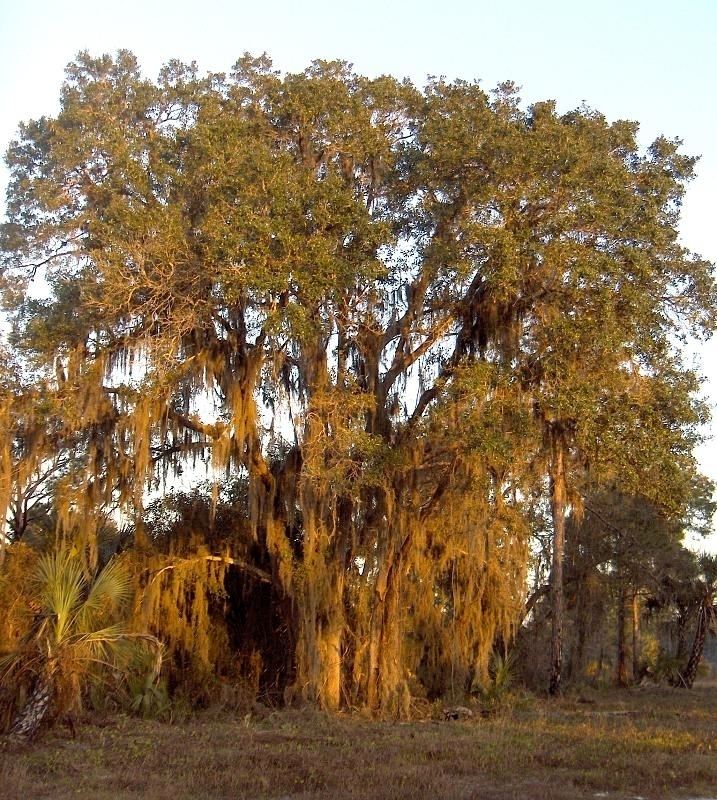 | ||
Live oak or evergreen oak is a general term for a number of unrelated oaks in several different sections of the genus Quercus that share the characteristic of evergreen foliage.
Contents
The name live oak comes from the fact that evergreen oaks remain green and "live" throughout winter, when other oaks are dormant and leafless. The name is used mainly in North America, where evergreen oaks are widespread in warmer areas along the Atlantic coast from southeast Virginia to Florida, west along the Gulf Coast to Louisiana and Mexico, and across the southwest to California and southwest Oregon.
Evergreen oak species are also common in parts of southern Europe and Asia, and are included in this list for the sake of completeness. These species, although not having "live" in their common names in their countries of origin, are colloquially called live oaks when cultivated in North America.
When the term live oak is used in a specific rather than general sense, it most commonly refers to the southern live oak (Quercus virginiana), the first species so named, and an icon of the Old South, but can often refer to other species regionally.
The southern live oak is the official state tree of Georgia.
In Texas, a small grove of live oaks is known as a mott.
Wood and lumber
Live oak was widely used in early American butt shipbuilding. Because of the trees' short height and low-hanging branches, lumber from live oak was specifically used to make curved structural members of the hull, such as knee braces (single-piece, inverted L-shaped braces that spring inward from the side and support a ship's deck). In such cuts of lumber, the line of the grain would fall perpendicularly to lines of stress, creating structures of exceptional strength. Live oaks were not generally used for planking because the curved and often convoluted shape of the tree did not lend itself to be milled to planking of any length. Red oak or white oak was generally used for planking on vessels, as those trees tended to grow straight and tall and thus would yield straight trunk sections of length suitable for milling into plank lengths.
Live oak was largely logged out in Europe by the latter half of the 19th century, and was similarly sought after and exported from the United States until iron- and steel-hulled commercial vessel construction became the standard early in the 20th century. Live oak lumber is rarely used for furniture due to warping and twisting while drying.
It continues to be used occasionally when available in shipbuilding, as well as for tool handles for its strength, energy absorption, and density, but modern composites are often substituted with good effect. Dry southern live oak lumber has a specific gravity of 0.88, among the highest of North American hardwoods
